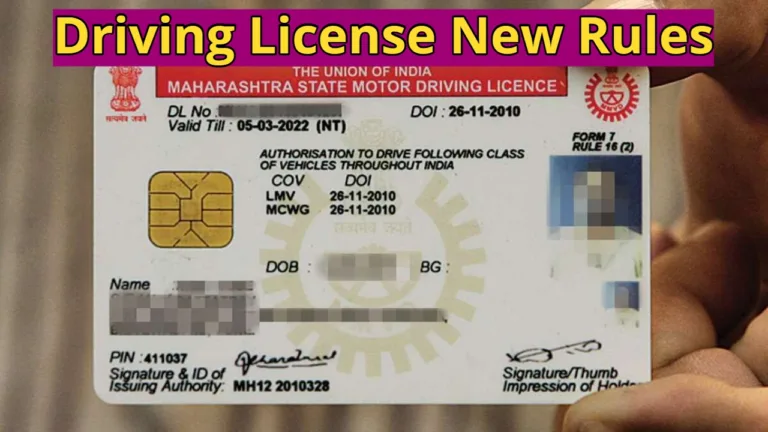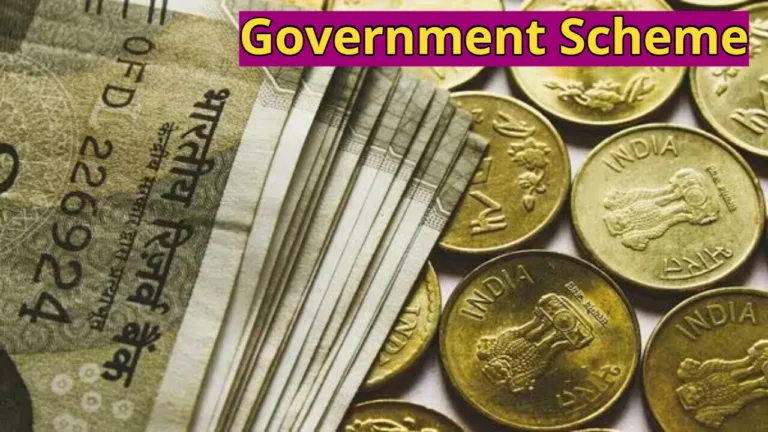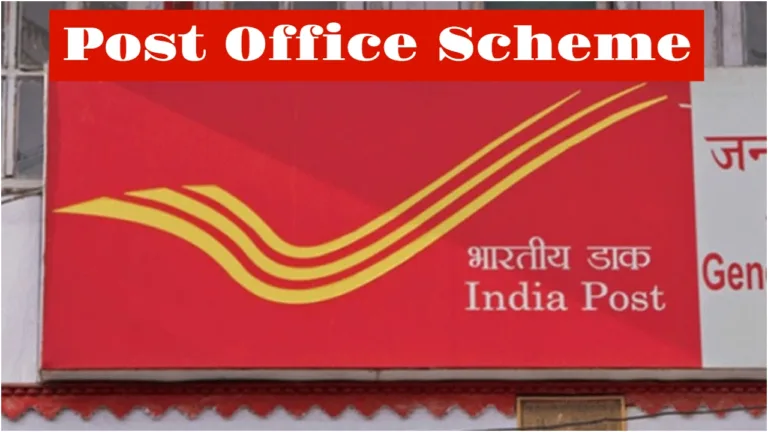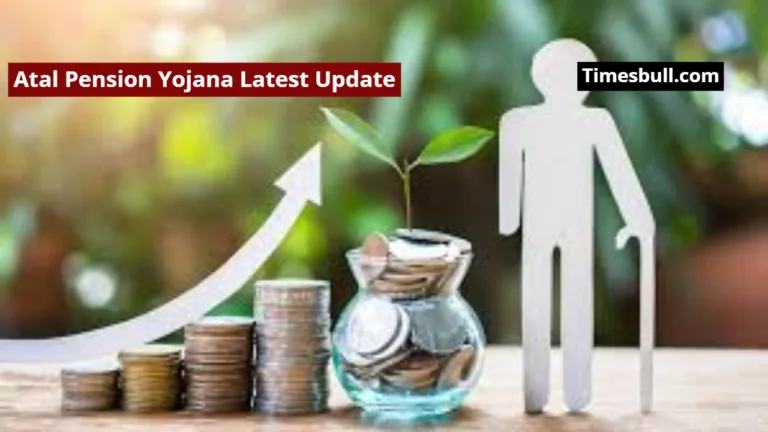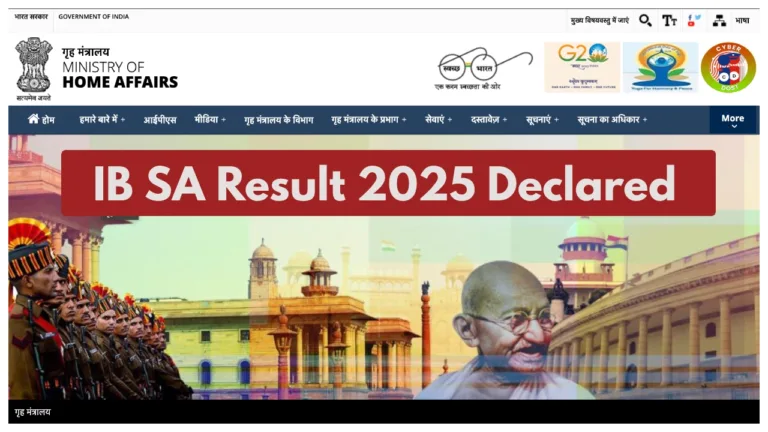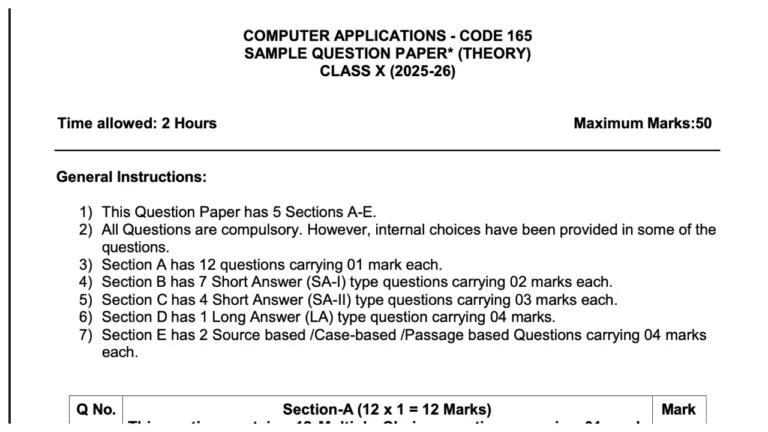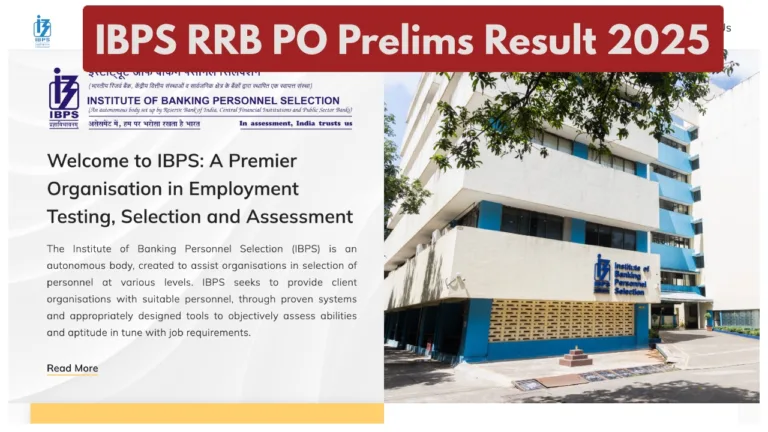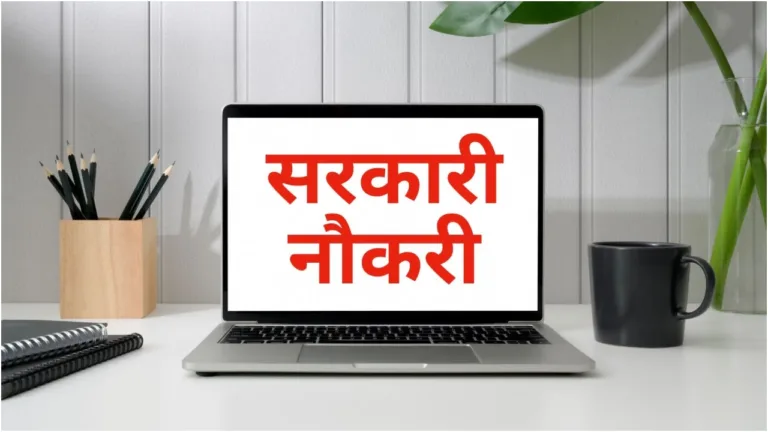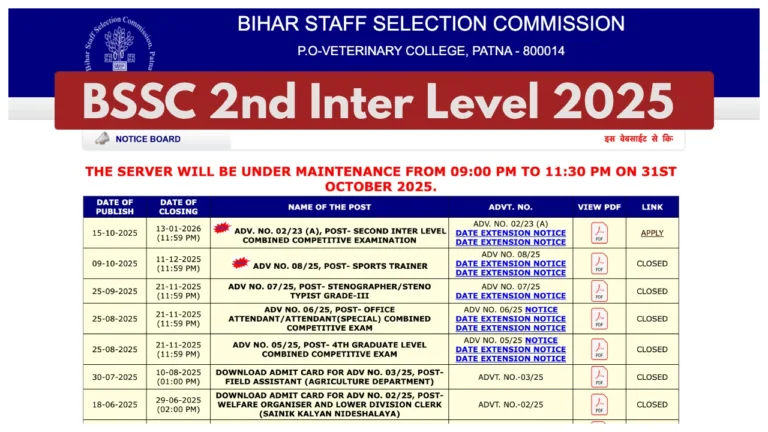Electricity Charges: The state government is going to give big relief to common people. Rajasthan Discoms are committed to a simplified and cost-reflective tariff regime for the state’s electricity consumers. In its tariff petition submitted to the Rajasthan Electricity Regulatory Commission for the financial year 2025-26, Discoms has ensured that consumers do not have to pay more for their electricity consumption. Through this, it has been proposed to reduce electricity charges (energy charges) in all categories.
This is the first time that a reduction in electricity charges has been proposed for almost all categories of consumers. It is the priority of Rajasthan Discoms that the electricity consumers of the state should be provided every opportunity to improve the existing standard of living and the economy of the state, and while doing so, electricity consumption should not be a hindrance.
While proposing amendments to the existing tariff structure, the discom has merged some slabs in some categories. The move is aimed at simplifying the existing complex tariff structure, thereby creating a more streamlined and user-friendly tariff system in the future. There are about 1 crore 35 lakh domestic category consumers in the state, out of which 1 crore 4 lakh domestic category consumers are provided subsidy by the Rajasthan government. Out of these 1 crore 4 lakh consumers, 62 lakh consumers do not have to pay anything for their electricity consumption, i.e., their electricity bill is zero.
The merger of slabs with respect to the domestic category is in line with the directions of the Hon’ble Regulatory Commission. There are around 17 lakh BPL (below poverty line) and Aastha cardholder consumers. Since the government is already providing a subsidy on the merged domestic slab, there will be no impact on their bills.
Apart from this, there are about 37 lakh consumers in the 51 to 150 unit slab in the domestic category. The electricity charges for these consumers have been reduced from Rs 6.50 per unit to Rs 6.00 per unit. The discoms have adopted a consumer-centric approach while revising the tariff, ensuring that there is minimal impact on the electricity bills of consumers.
In the petition, an attempt has been made to provide uniformity in the rates of electricity charges for small, medium, and large industrial categories. Now instead of multiple energy charges in the industrial category, there is only one rate of electricity charges. Earlier, the electricity charge in the large industrial category was Rs 7.30, which has been reduced to Rs 6.50 per unit. The electricity rate in the medium category was Rs 7 per unit. Which has now been reduced to Rs 6.50. Similarly, there were two rates in the small industrial category, Rs 6 and Rs 6.45 per unit, which have been integrated to Rs 6 per unit. This will encourage uniform tariff rates in the industrial category.
The electricity charge for agricultural consumers is Rs 5.55 per unit. It has been proposed to reduce it to Rs 5.25 per unit. Discoms have proposed a revision in fixed charges so that the power system can be kept strong. A regulatory surcharge has been proposed in the petition, due to which the outstanding regulatory assets of Discoms will also be liquidated. The advantage of this will be that the carrying cost of regulatory assets, which is the burden of tariffs, will go on decreasing. This will also reduce the burden of tariffs on consumers in the future.

